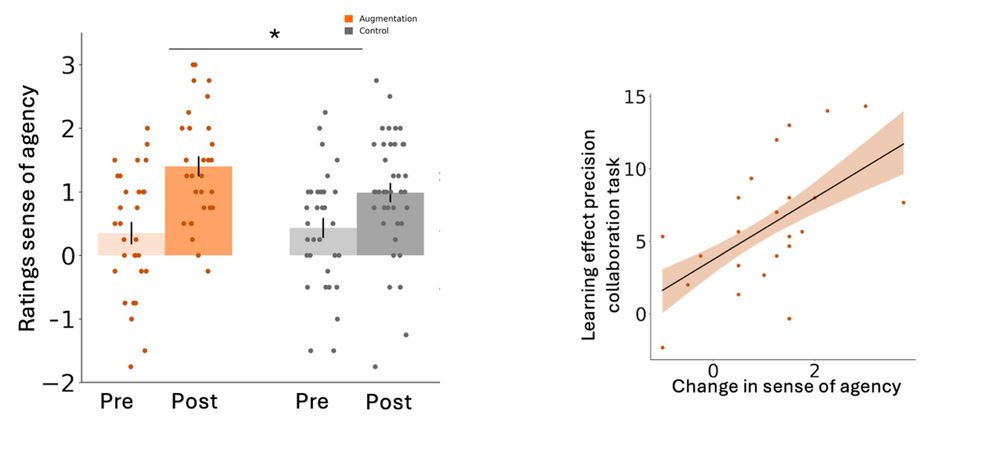Maria Molina-Sanchez
@mariamolinasan.bsky.social
68 followers
160 following
10 posts
Cognitive Neuroscience PhD student, studying motor and perceptual learning in body augmentation | Plasticity lab, University of Cambridge | MD, neurology, epilepsy | she/her
Posts
Media
Videos
Starter Packs
Reposted by Maria Molina-Sanchez




